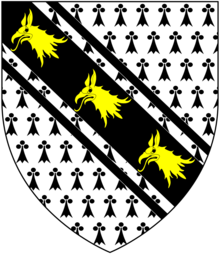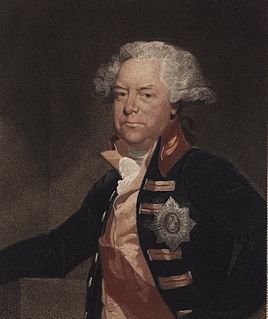
Sir George Yonge, 5th Baronet, KCB, PC, of Escot House in the parish of Talaton in Devon, England, was a British Secretary at War. He succeeded to his father's baronetcy in 1755, which became extinct when he died without children. He is remembered by, among other things, the name of Yonge Street, a principal road in what is now Toronto, Canada, so named in 1793 by the Lieutenant-Governor of Upper Canada, John Graves Simcoe.

Sir William Yonge, 4th Baronet, , of Escot House in the parish of Talaton in Devon, was an English politician who sat in the House of Commons for 39 years from 1715 to 1754.
Yonge is a surname. Notable people with the surname include:
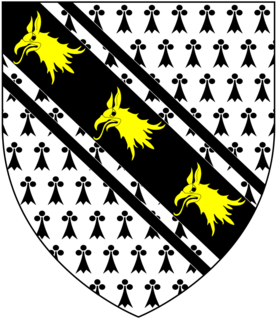
Sir Walter Yonge, 3rd Baronet of Escot in the parish of Talaton, Devon, was an English landowner and Whig politician who sat in the English and British House of Commons between 1679 and 1710.

Walter Yonge (1579–1649) of Great House in the parish of Colyton in Devon, England, was a lawyer, merchant and diarist.

Sir Walter Yonge, 2nd Baronet of Great House, Colyton, and of Mohuns Ottery, both in Devon, was a Member of Parliament for Honiton (1659), for Lyme Regis (1660) and for Dartmouth (1667–70).

Sir John Yonge, 1st Baronet of Great House in the parish of Colyton in Devon, was an English politician who sat in the House of Commons variously between 1642 and 1660.
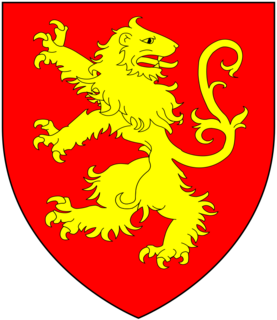
The Morice Baronetcy, of Werrington in the County of Devon, was a title in the Baronetage of England.
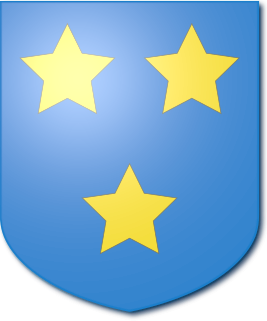
The Hildyard Baronetcy, of Patrington in the County of York, was a title in the Baronetage of England. It was created on 25 June 1660 for Robert Hilyard, of Patrington and Winestead. The ancient Hildyard family is thought to have been of Norman origin. Robert Hildyard served as Gentleman of the Bedchamber to King Charles I of England and was a major-general in the King's army during the English Civil War. He took part in the Battle of Marston Moor. He was raised to a baronetcy by Charles II following the Restoration of the Monarchy. He was succeeded by his grandson Sir Robert Hildyard, 2nd Baronet, a Member of Parliament for Hedon. He was succeeded by his nephew, the third Baronet, who was Member of Parliament for Great Bedwyn. The latter's son, the fourth Baronet, was High Sheriff of Yorkshire in 1783. On his death in 1814 the baronetcy became extinct.

Two unrelated baronetcies have been created in the surname of Clifton.
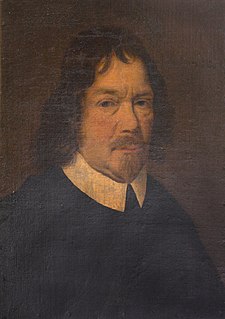
Sir William Pole (1561–1635) of Colcombe House in the parish of Colyton, of Southcote in the parish of Talaton and formerly of Shute House in the parish of Shute, both in Devon, was an English country gentleman and landowner, a colonial investor, Member of Parliament and, most notably, a historian and antiquarian of the County of Devon.
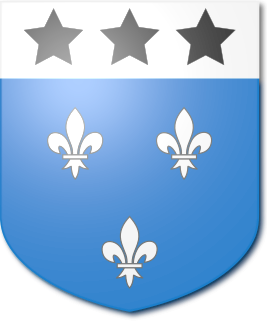
The Birch Baronetcy, of The Hasles in the County Palatine of Lancaster, was a title in the Baronetage of the United Kingdom. It was created on 30 September 1831 for Joseph Birch, previously Member of Parliament for Nottingham. He was succeeded by his son, Thomas, the second Baronet, who represented Liverpool in Parliament. The title became extinct on the latter's death in 1880.
There have been three baronetcies created for persons with the surname Fortescue, one in the Baronetage of Nova Scotia and two in the Baronetage of England. Two of the creations are extinct while the other is dormant.

Creedy is an historic estate in the parish of Sandford, near Crediton in Devon. It is named from its location on the west side of the River Creedy. It was the seat of the Davie family from about 1600 until the late 20th century. The mansion house on the estate has been called at various times New House, Creedy House, and as presently, Creedy Park. It was first built in about 1600, rebuilt in 1846, burnt down in 1915 and rebuilt 1916–21. It is surrounded by a large park, the boundary of which is enclosed by a stone and brick wall several miles long.

Great House on South Street in the town of Colyton, Devon, is the remnant of an historic Elizabethan mansion house built by the Yonge family, originally prominent wool merchants in the town, later Yonge baronets. It is a grade II* listed building.

The Blount Baronetcy, of Tittenhanger in the County of Hertford, was created in the Baronetage of England on 27 January 1680 for Thomas Pope Blount. In the 16th century Elizabeth Blount, daughter of Sir Walter Blount of Blount Hall, Staffordshire, married Sir Thomas Pope of Tittenhanger, Herefordshire. Her nephew Sir Thomas Pope Blount inherited the estate at Tittenhanger on her death. The first Baronet was the grandson of Sir Thomas and son of the traveller Sir Henry Blount. He represented St Albans and Hertfordshire in the House of Commons. The title became extinct on the death of his grandson, the third Baronet, in 1757.

The Howe Baronetcy, of Compton in the County of Gloucester, was created in the Baronetage of England on 22 September 1660 for John Howe, Member of Parliament for Gloucestershire in 1654–1655 and 1656–1658. His elder son Richard, the second baronet, was also an MP, as was his younger son John Grobham Howe. Sir Richard Grobham Howe, the third baronet, was MP for Tamworth, Cirencester and Wiltshire. Sir Emanuel Scrope Howe, 4th Baronet became the 2nd Viscount Howe on the death of his father in 1713 and the baronetcy which he inherited in 1730 was merged with his viscountcy.

The Stapylton baronetcy, or Stapleton, of Myton in Yorkshire, was created in the Baronetage of England on 22 June 1660 for Henry Stapylton.
The Robinson Baronetcy, of London, was created in the Baronetage of England on 22 June 1660 for John Robinson, Lord Mayor of London and Member of Parliament for the City of London and Rye. He was the nephew of Archbishop William Laud. The fifth and sixth Baronets both represented Northampton in the House of Commons.

The Bowyer baronetcy, of Knipersley in the County of Stafford, was created in the Baronetage of England in 1660 for John Bowyer. He sat as Member of Parliament for Staffordshire and Newcastle-under-Lyme. His elder son, the second Baronet, represented Warwick and Staffordshire in the House of Commons. His son, the third Baronet, died childless and was succeeded by his uncle, the fourth Baronet. On the latter's death in 1701 without surviving male issue the title became extinct.
